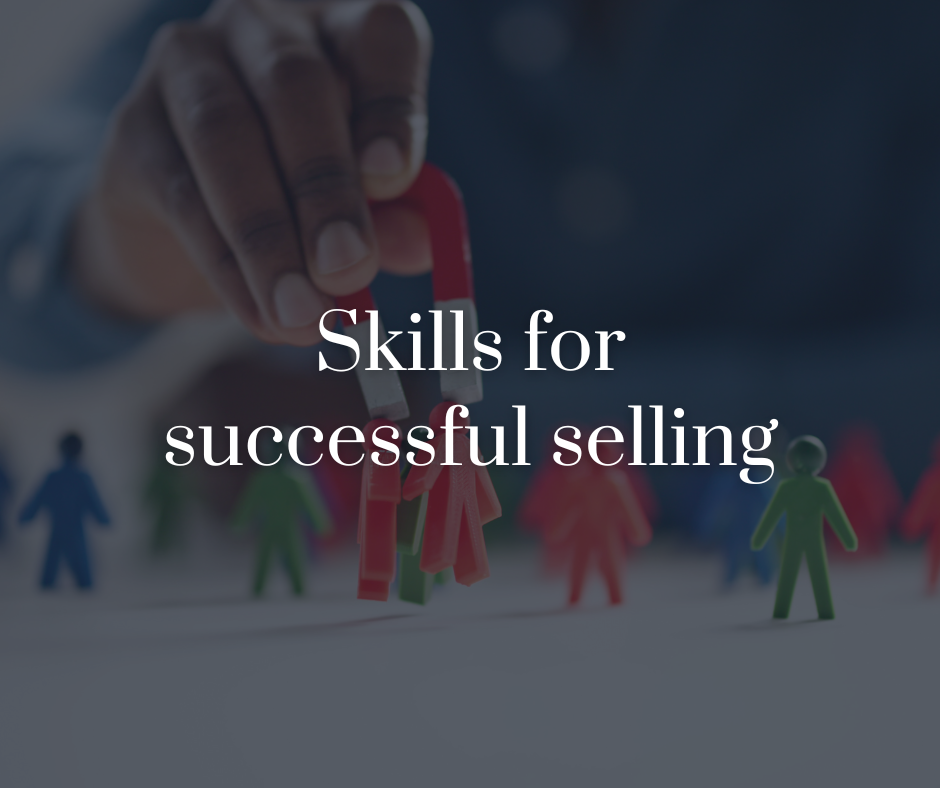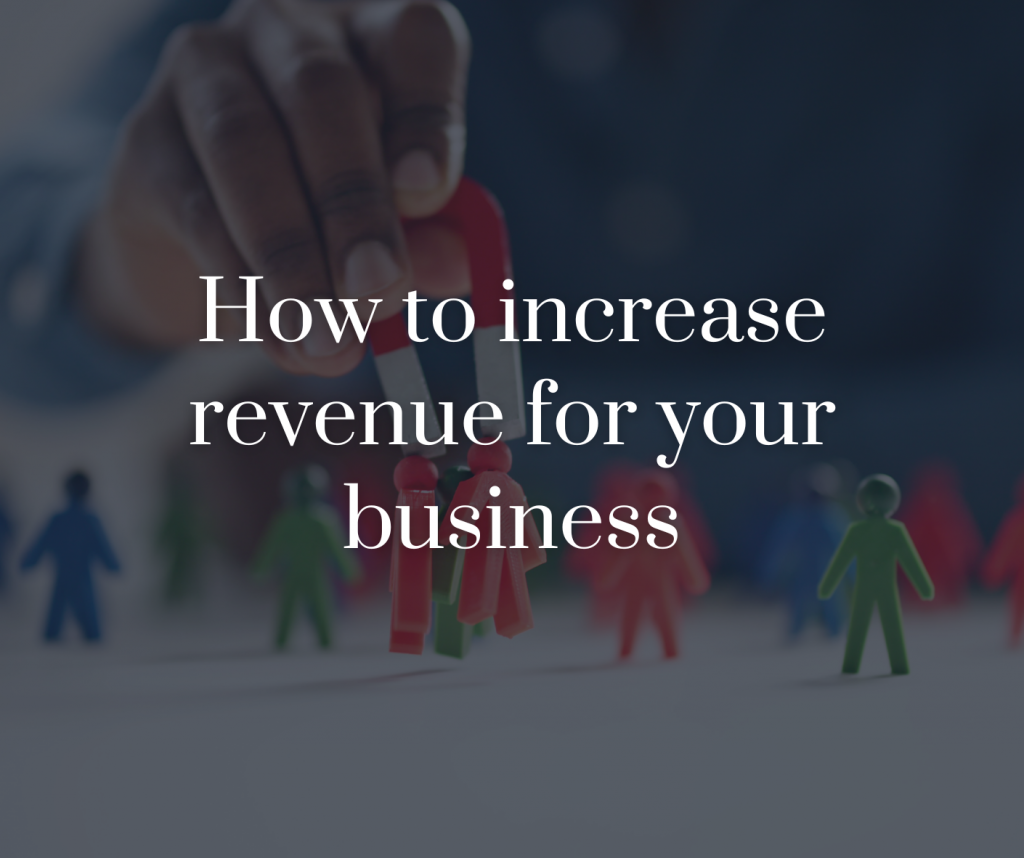Recently I got an email from Jacob that said, “Can you tell me how to make my prospects make payments for my products fast? I keep having lots of them but yet, very few end up paying and the rest is AWOL.
“By this time, I’ve already sent them all our marketing materials. They seem interested. Then, after they see the prices, nothing. What am I missing?”
Well, I can’t tell you how many times salespeople have asked me to help them get better at closing. However, despite what you think, it’s not the real problem.
Five things you can do to get better at closing sales.
1. Focus on the customer, not on the deal.
When you’re trying to sell something, it’s really easy to focus on what you want (the deal) because that’s what’s important to you, personally. Thinking that way, however, alienates your customers who want you to put their interests first. Putting the customer first increases the likelihood the customer will buy.
2. Be a storyteller.
Know your product but share its relevance. Share examples of how you’ve helped other prospects improve. Be able to explain how they were doing things before, the challenges they faced, and the results they’ve achieved since working with you. People with an engineering background often wrongly assume that selling consists of telling the customer about your wonderful product. Unfortunately, customers often can’t translate features and functions into something that’s relevant to them. Selling consists of exposing that relevance and the best way to do that is through story telling.
3. Slow down.
Based on what you said, you may be moving things along much too fast. You’re showing your stuff, sending collateral and giving pricing. It’s highly likely that they don’t feel like you’re focused on their success. Take time to build the relationship so that they truly feel that you’re a credible resource, not a self-serving sales guy. It’s difficult to put the customer’s interests first and expose the relevance your product may have to that customer if you don’t know much about that customer. Ask questions to better know the individuals and the customer so this way you can connect on an emotional level.
4. Connect the dots.
It’s imperative to engage your prospect in a discussion. This helps you/them determine if your offering makes sense for them. Here are some good ones to start with:
- How are you currently handling your needs in this area?
- What are your objectives relevant to the matters this product/service addresses?
- What initiatives do you already have in place to get there?
- If you achieved results similar to our other customers, what would this mean for you?
See where I’m going with this? If your prospects aren’t making the connections between what you sell and the value they could get from it, it’s because you’re leaving it to happenstance.
Don’t let that happen. Plan your questions ahead of time. They are your greatest tools in getting to a yes.
The holy grail of customer loyalty is to become a “trusted advisor” who’s seen as a valuable resource beyond the specific area where you’re selling. Use your connections or specialized knowledge to make the customer’s job easier. Think of it as an investment in your own future.
5. Stop trying to close.
Instead, focus on helping your prospect determine if it makes good business sense to change. If it does, they’ll say yes. If not, they’ll stay with what they’ve got.
Today’s prospects are too savvy to fall prey to any closing techniques. The more you try to do it, the less they want to do business with you. Instead, put your emphasis on the front end of the sales cycle.
Forget that A.B.C. (Always Be Closing) stuff. It’s easier to sell if you think about selling as getting the customer to make series of small commitments each of which follows in logical order. That way, when it’s time to “close the deal,” it’s usually just a matter of saying “so, we’re going forward on this, right?”



I am interested
I am interested in it
I’m delighted coming across this, I’m learning. Thanks so much